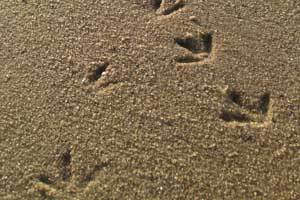Nutrition and wet litter problems in poultry

The use and management of suitable bedding material is a crucial part of bird welfare in intensive production systems.
Wet litter causes health and quality problems. Stephen Collett of the University of Georgia, USA reviews the effects of nutrition on wet litter problems.
Litter cushions the bird from the hard floor, provides insulation and has the capacity to both absorb and facilitate evaporation of faecal, urinary and spilled water.
In poultry production, an increase in water excretion rate is commonly referred to as flushing, because urine and faeces are excreted simultaneously through the cloaca, making it difficult to distinguish elevated urine output or polyuria from increased faecal water loss or diarrhoea.
In today’s intensive production systems even relatively minor nutritionally induced osmoregulatory perturbation can cause flushing.
Whilst this increase in water excretion is often initially the result of a physiological diuresis or diarrhoea, nutritionally induced pathological change may aggravate the polyuria by compromising water recovery, or increase the severity of the diarrhoea by causing enteritis.
Flushing is commonly the result of a normal physiological response to nutritionally induced water, electrolyte, pH or osmotic imbalance, but sustained imbalance frequently leads to pathological change.
Similarly, diets with a high proportion of non starch polysaccharides, animal protein, saturated free fatty acids, anti-nutritional factors or toxins can cause pathological change indirectly, by inducing a detrimental shift in the composition of the intestinal microbiota (dysbacteriosis), or directly, by causing toxic damage.
Inflammation of the renal or gastrointestinal lining compromises water and nutrient transfer, which increases the amount of water, mucus and non-digested nutrients in the excreta.
Apart from loading the litter with water, the mucus and non-digested lipid in particular, reduce the litter’s water buffering capacity and exacerbate the consequences of flushing.
Source: Animal Feed Science and Technology













